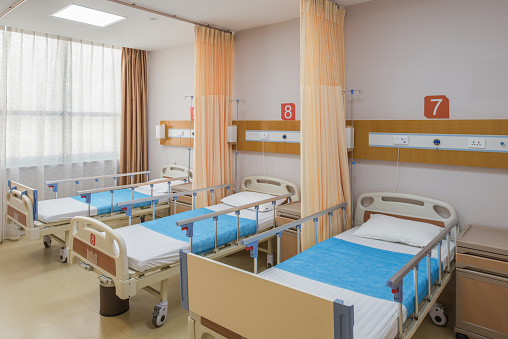The Covid-19 coronavirus has killed more than 106,000 Americans, but it’s not only individuals and families who are directly threatened by the pandemic.
Across the country, health care providers — hospitals, especially — are in crisis, as millions of people put off medical treatments of all kinds, reports the Washington Post. (See Post article for useful graphs and charts.)
“Many of the nation’s hospitals can ill afford theses losses,” the Post says. “A third were already losing money on patient care before the virus hit … [and] more than 1,200 hospitals operated in the red in two or more of the last five years.”
Then the coronavirus outbreak delivered “a one-two punch. Patient revenue dried up, and preparing for possible outbreaks drove up costs,” the Post says.
Rick Pollack, president and CEO of the American Hospital Association, estimated in April that U.S. hospitals were losing an unsustainable $50 billion a month.
“I think it’s fair to say that hospitals are facing perhaps the greatest challenge that they have ever faced in their history,” Pollack told NPR.
As a result, 1.4 million health care professionals have lost their jobs, including almost 135,000 at hospitals, nearly a quarter-million in doctors’ offices and more than a half-million dental workers.
“Hospital visits started to drop nationwide in March as state and federal officials called for postponing non-covid-19 treatments when possible to free up health-care resources. These cancellations included surgeries, outpatient procedures and even preventive services.
“By mid-May, almost 94 million adults had delayed medical care because of the coronavirus pandemic,” the Post says, citing the Census Bureau. “Some 66 million of those needed but didn’t get medical care unrelated to the virus.”
So what happens when the worst is over and patients try to resume their usual medical care and proceed with postponed surgery and other procedures? Big changes that “are here to stay,” the Post says:
“Screening for infection symptoms before appointments. New barriers, social distancing and restricted visitation. Appointments spread out over longer hours to spread the traffic. Fewer forms to touch. Drive-ups for shots.” And more.
